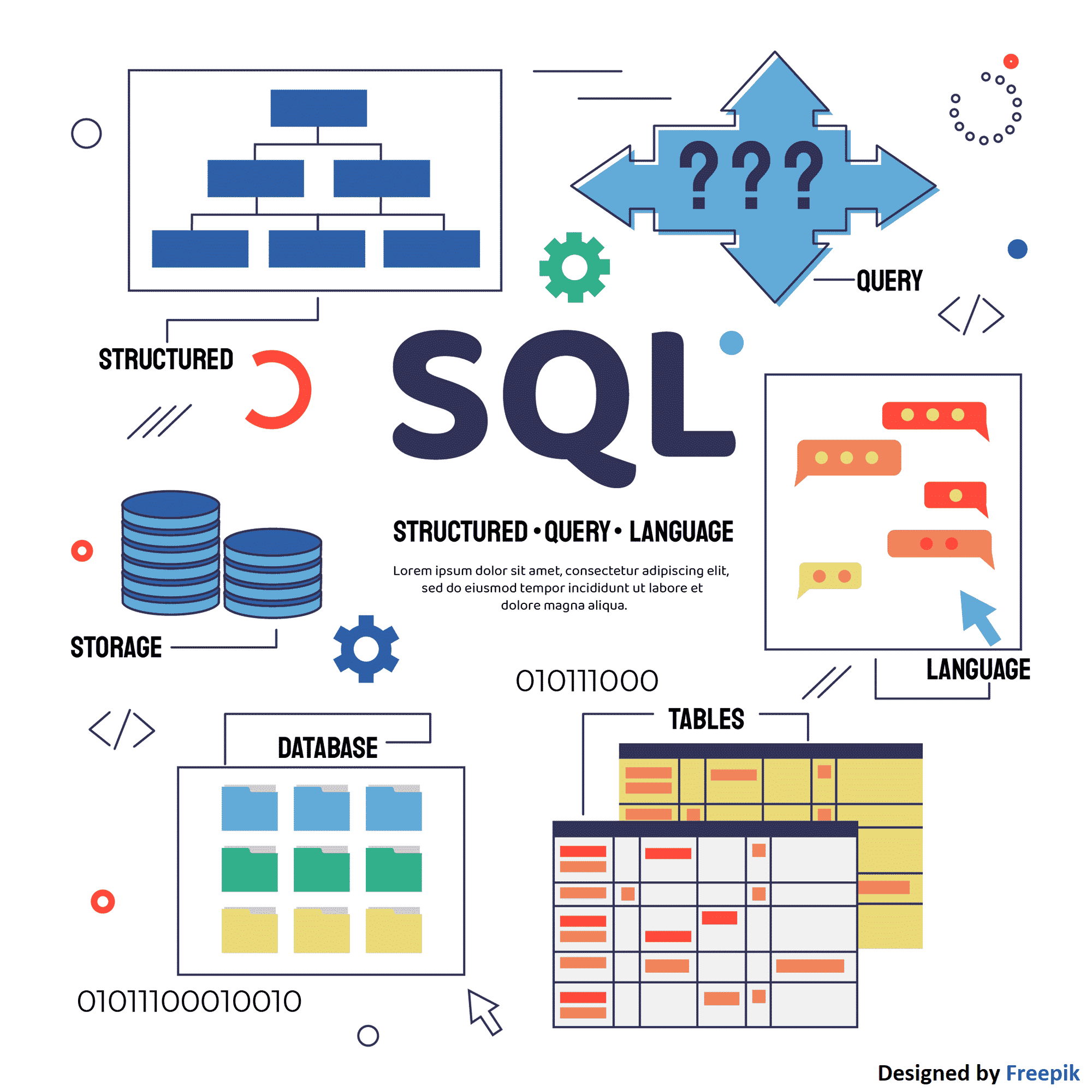Domain-Specific Languages (DSLs) have been around for as long as there has been computing, but it is critical to use them. DSLs are tiny languages that focus on a specific software system component. One cannot use a DSL to write an entire program, but it is common to use multiple DSLs in a system written primarily in a general-purpose language.
DSLs are classified into two types: external and internal. An external DSL is a language that may parse independently of the host’s general-purpose language: regular expressions and CSS are suitable examples. External DSLs have a long history in the Unix world. Internal DSLs are an API in a host general-purpose language, sometimes a fluent interface.
What can you do with DSLs?
A DSL is commonly used to generate computer code or other artifacts. You can construct text templates that read a DSL model and create text files when you specify your DSL. For example, you can create a template to take an airport plan and build a portion of the baggage handling software, along with parts of the user papers to describe the method.
After you’ve defined a DSL, you may make it available to other users so they can install it on their PCs. Models can be created and edited in Visual Studio by DSL users.
Graphical Domain-Specific Development Aspects
The following characteristics must be a part of this graphical domain-specific language:
- Notation
- The domain model
- Creation of artifacts
- Serialization
- Visual Studio integration
The Advantages of Domain-Specific Development
A domain-specific language can offer the following advantages:
- Allows non-developers and those unfamiliar with the domain to understand the overall concept.
- You can use a graphical domain-specific language to build a visual representation of the domain so that non-developers can readily grasp the application’s design.
- A domain-specific language, as opposed to general-purpose languages, is made up of elements and connections that explicitly describe the logic of the problem space.
- It makes creating a prototype of the final application easier.
- Developers can utilize the code generated by their model to develop a prototype application to display to clients.
- It contains constructs that are ideally suited to the problem space.
How can one design Domain-Specific Languages?
- JetBrains MPS is one such tool for designing domain-specific languages.
- Xtext is a free and open software platform for creating programming languages and domain-specific languages (DSLs).
- Racket is a cross-platform language toolchain that includes a native code compiler, a JIT compiler, a JavaScript compiler, etc.
Resource:
https://stackoverflow.com/questions/809574/what-is-a-domain-specific-language-anybody-using-it-and-in-what-way
https://martinfowler.com/books/dsl.html
https://en.wikipedia.org/wiki/Domain-specific_language#Advantages_and_disadvantages
Disclaimer:
Wherever any material is quoted as sourced from the published text with publishing rights vested in an individual, it is stated that it is a pure quotation and has no intention to claim it as our own.
Image Source: www.freepik.com





